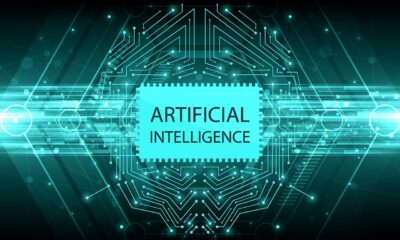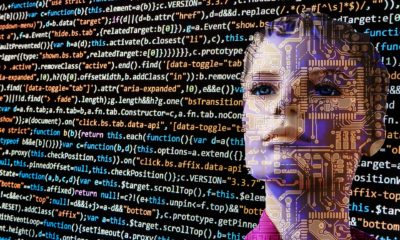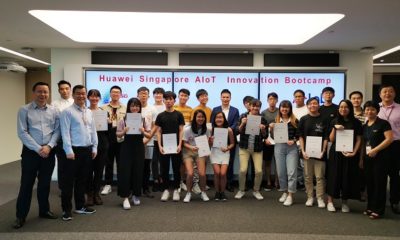Business
Latest Developments In Artificial Intelligence: 5 Best Breakthroughs
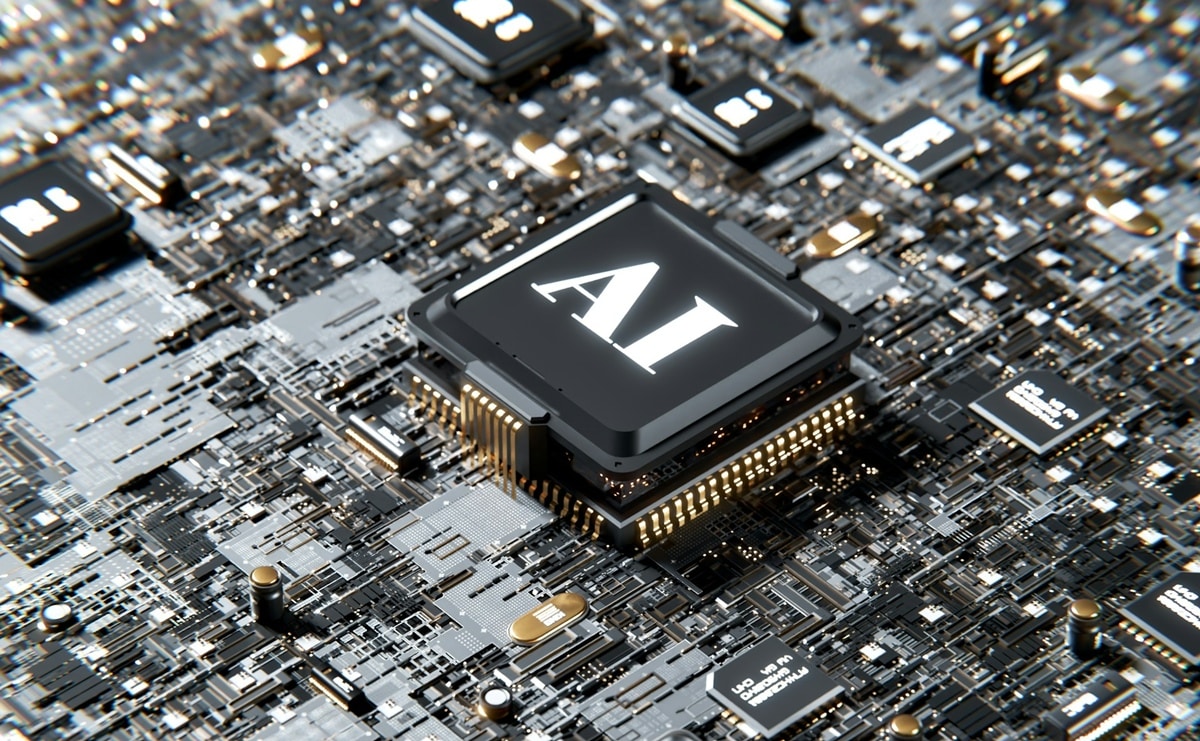
Artificial intelligence (AI) continues to evolve at a rapid pace, with recent developments showcasing remarkable advancements across various domains. These breakthroughs not only highlight the innovative capabilities of AI but also underscore its potential to transform industries and daily life. From revolutionizing natural language processing to reshaping scientific research, AI has proven to be a key driver of technological progress.
In this article, we delve into five of the most significant recent breakthroughs in artificial intelligence, each exemplifying the latest developments in the field. These advancements are paving the way for a more efficient, intelligent, and interconnected future.
1. DeepSeek’s R1 model: A cost-effective AI revolution
In January 2025, Chinese AI startup DeepSeek unveiled its R1 model. It’s a groundbreaking AI system that rivals leading U.S. technologies in performance while being developed at a fraction of the cost. Utilizing innovative training methods, DeepSeek achieved this feat with significantly fewer resources, challenging the prevailing notion that advanced AI development necessitates substantial capital and infrastructure.
The R1 model employs reinforcement learning techniques that minimize human intervention, allowing the system to “think” more deeply before generating responses. This approach not only enhances accuracy but also reduces development costs, making advanced AI more accessible. The release of R1 has ignited discussions about the global balance of technological power, particularly between the U.S. and China. It also has prompted a reevaluation of investment strategies in AI development.
In addition, DeepSeek’s cost-efficient training method opens up opportunities for smaller companies and research institutions to develop high-performing AI models without requiring the extensive computational resources that industry giants like OpenAI and Google DeepMind possess. This democratization of AI research could lead to a more diverse AI landscape, fostering innovation in new and unexpected ways. Furthermore, the R1 model has demonstrated superior efficiency in natural language processing (NLP) and real-time response generation. That’s making it a powerful tool for applications such as chatbots, search engines, and virtual assistants.
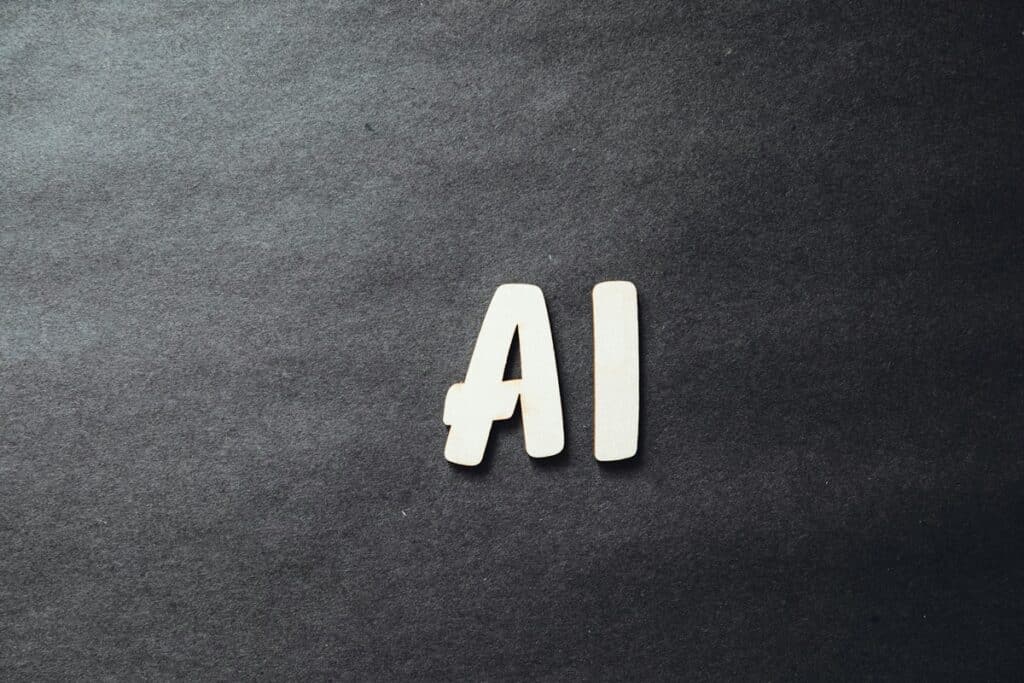
2. Generative AI’s expansion into multimodal capabilities
Generative AI has made significant strides by extending its capabilities beyond text generation to include multiple data modalities such as images, audio, and video. Models like Google’s Gemini and Meta’s ImageBind exemplify this trend. Gemini, a multimodal AI model, integrates text, images, and other data forms to provide more comprehensive and contextually relevant outputs. Similarly, ImageBind combines various data types, paving the way for more immersive and versatile AI applications.
These advancements enable AI systems to understand and generate content across different formats. It is also enhancing their applicability in fields like content creation, virtual reality, and human-computer interaction. For instance, multimodal AI can revolutionize digital marketing by enabling brands to generate realistic product images and promotional videos based on text descriptions. It also has the potential to improve accessibility tools for individuals with disabilities by converting text into sign language animations or providing speech-to-image capabilities.
Multimodal AI is also making its way into fields such as education. There, it can provide personalized learning experiences by integrating visual, auditory, and textual information to suit different learning styles. In healthcare, it could assist doctors by analyzing patient symptoms, medical history, and diagnostic images simultaneously, leading to more accurate diagnoses. By enhancing AI’s ability to process and generate information across multiple formats, multimodal capabilities are setting the stage for more sophisticated and intuitive AI applications.
3. AI in healthcare: Accelerating drug discovery
Artificial intelligence is revolutionizing healthcare, particularly in the realm of drug discovery. AI models are now capable of predicting the 3D structures of proteins from their amino acid sequences. That task is crucial for understanding diseases and developing new medications. For instance, DeepMind’s AlphaFold has been instrumental in identifying potential drug targets by accurately modeling protein structures.
This capability accelerates the drug development process, allowing researchers to identify promising compounds more efficiently. The application of AI in this context not only speeds up the discovery of new treatments but also reduces costs, ultimately benefiting patient care. AI-driven drug discovery is particularly beneficial for combating rare diseases, where limited financial incentives have traditionally hindered pharmaceutical research.
Beyond protein structure modeling, AI is also being used to optimize drug design by predicting how different chemical compounds will interact with biological targets. Machine learning algorithms analyze massive datasets of chemical reactions and molecular structures to propose new drug candidates. AI-driven simulations can predict potential side effects and toxicities before a drug reaches human trials. By doing that, researchers can increase the likelihood of success in clinical testing.
In pandemic preparedness, AI has played a crucial role in identifying antiviral compounds at unprecedented speeds. During the COVID-19 pandemic, AI models helped researchers identify existing drugs that could be repurposed to combat the virus. The ability to rapidly analyze and interpret biological data is transforming healthcare, making AI a key player in the fight against global health challenges.
4. AI-powered earthquake forecasting
In a significant advancement, AI has been applied to earthquake forecasting, demonstrating its potential to predict seismic events with greater accuracy. A study conducted in China utilized AI models to analyze vast amounts of seismic data, enabling the identification of patterns that precede earthquakes. Over a 30-week real-time case study, the AI system provided valuable forecasts, showcasing its ability to enhance our understanding of seismic activities.
This breakthrough highlights the potential of AI to contribute to natural disaster preparedness. It is done by offering the possibility of early warnings and improved response strategies. AI-driven forecasting models analyze historical and real-time data from seismic stations worldwide, detecting anomalies that could indicate an impending earthquake. The ability to process and interpret this data far exceeds traditional human analysis, leading to improved prediction accuracy.
In addition to earthquake forecasting, AI is being integrated into emergency response systems to coordinate disaster relief efforts more effectively. Predictive models can estimate the severity of an earthquake’s impact, allowing authorities to allocate resources accordingly. AI-powered simulations can also help urban planners design more earthquake-resistant infrastructure by analyzing structural weaknesses in existing buildings.
Furthermore, AI-based systems are being used in tsunami warning detection, providing crucial alerts to coastal regions at risk. With AI’s continuous learning capabilities, these models will improve over time, potentially saving thousands of lives. The integration of AI into seismic research represents a significant advancement in disaster risk reduction, demonstrating the immense societal benefits of artificial intelligence.

5. Advancements in AI alignment: Constitutional AI
Aligning AI systems with human values and ethical considerations is a critical area of research. The concept of “Constitutional AI” has emerged as a framework to guide AI behavior according to predefined ethical principles. This approach involves training AI models to adhere to a set of guidelines or a “constitution” that reflects human values, ensuring that the AI’s actions and decisions are aligned with societal norms and ethical standards.
By incorporating ethical considerations into the training process, Constitutional AI aims to mitigate risks associated with AI deployment, such as unintended biases or harmful behaviors. Ethical AI governance has become a pressing issue as AI becomes more autonomous, influencing decision-making in critical areas such as finance, healthcare, and law enforcement.
One of the key elements of Constitutional AI is transparency. AI developers are being urged to document and make public the ethical guidelines that govern their systems. This initiative enhances trust in AI applications and ensures accountability when AI-driven decisions have significant consequences. Another critical aspect is fairness—researchers are developing AI models that can self-correct and identify biases in their outputs, making them more equitable.
Moreover, efforts are underway to implement Constitutional AI into large-scale government applications, ensuring AI-driven decisions remain aligned with democratic principles. With AI playing an increasingly prominent role in society, the development of ethical frameworks is essential to prevent unintended consequences and ensure AI serves humanity in a responsible and fair manner.
Conclusion
The latest developments in artificial intelligence demonstrate the field’s rapid progression and its expanding influence across various sectors. From cost-effective AI models and multimodal generative systems to healthcare innovations, disaster forecasting, and ethical alignment, these breakthroughs underscore AI’s transformative potential.
AI’s ability to enhance decision-making, optimize efficiency, and solve complex problems is unparalleled. As AI continues to evolve, it is imperative to foster responsible development and deployment practices, ensuring that the benefits of these advancements are realized while addressing ethical, societal, and practical considerations. The future of AI is promising, but it also requires careful stewardship to maximize its potential for good.
-

 Business6 months ago
Business6 months agoBest Technology Companies To Work For: 10 Top Picks For You
-

 Development and Hacking5 months ago
Development and Hacking5 months agoEmerging Technologies In Cyber Security: Full Guide In 2025
-

 Phones5 months ago
Phones5 months agoFind My Phone Using Google Account: Full How To Guide (5 Steps)
-

 Business5 months ago
Business5 months agoBest Tech Cities In The US: 7 Opportunities You Shouldn’t Miss Out
-

 Phones4 months ago
Phones4 months agoFind Samsung Phone: 6 Great Ways To Find Lost Or Stolen Device
-

 Phones3 months ago
Phones3 months agoAll Google Apps: Ultimate Guide For The Most Useful Ones (2025)
-

 Phones3 months ago
Phones3 months agoSwitch From iPhone To Android: 7 Reasons For Switching Sides
-

 Phones3 months ago
Phones3 months agoSwitching To A New Android Phone: 6 Key Things You Need To Do

